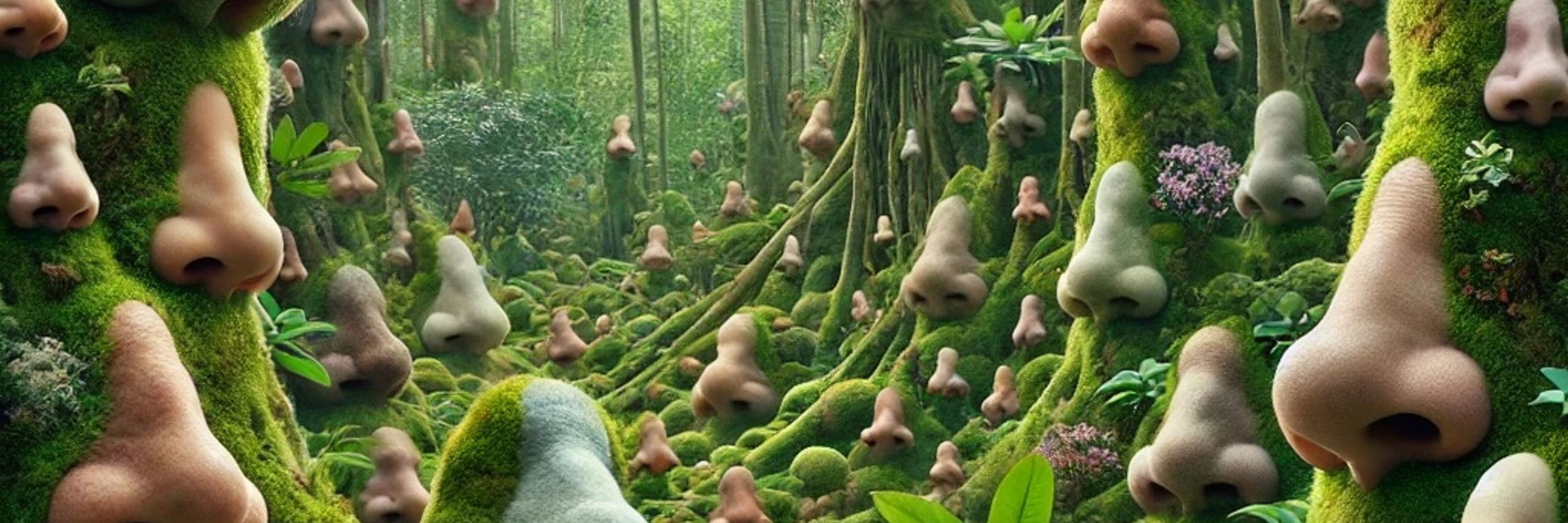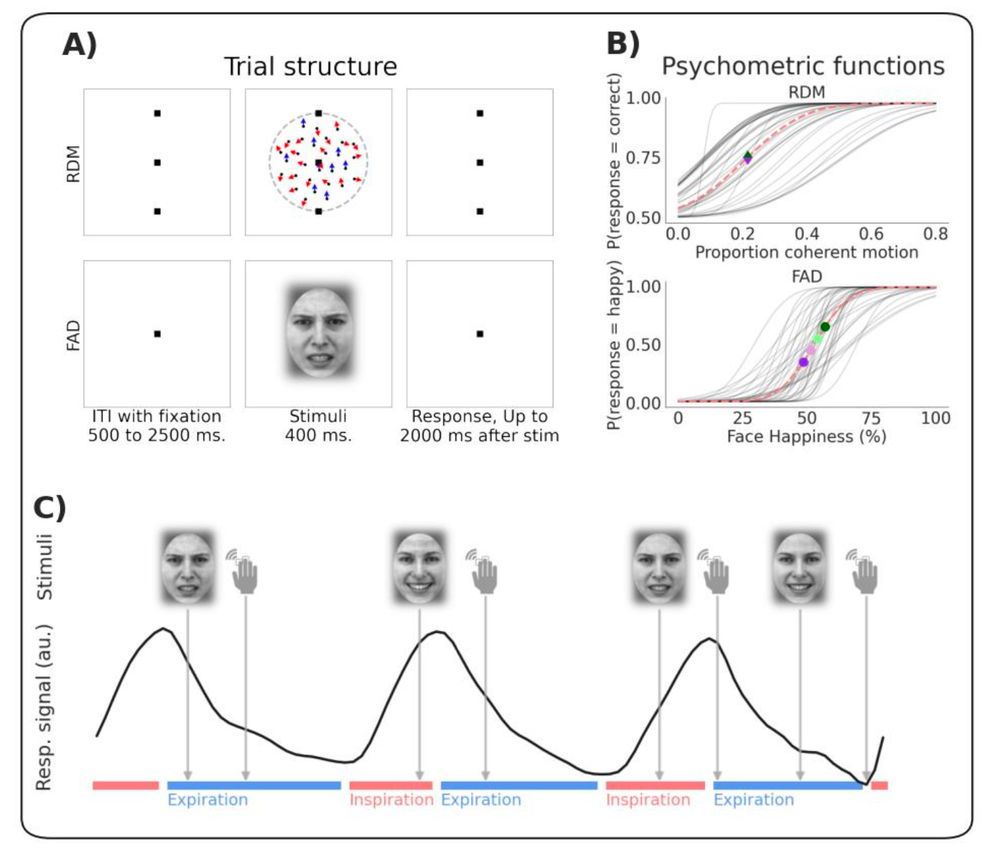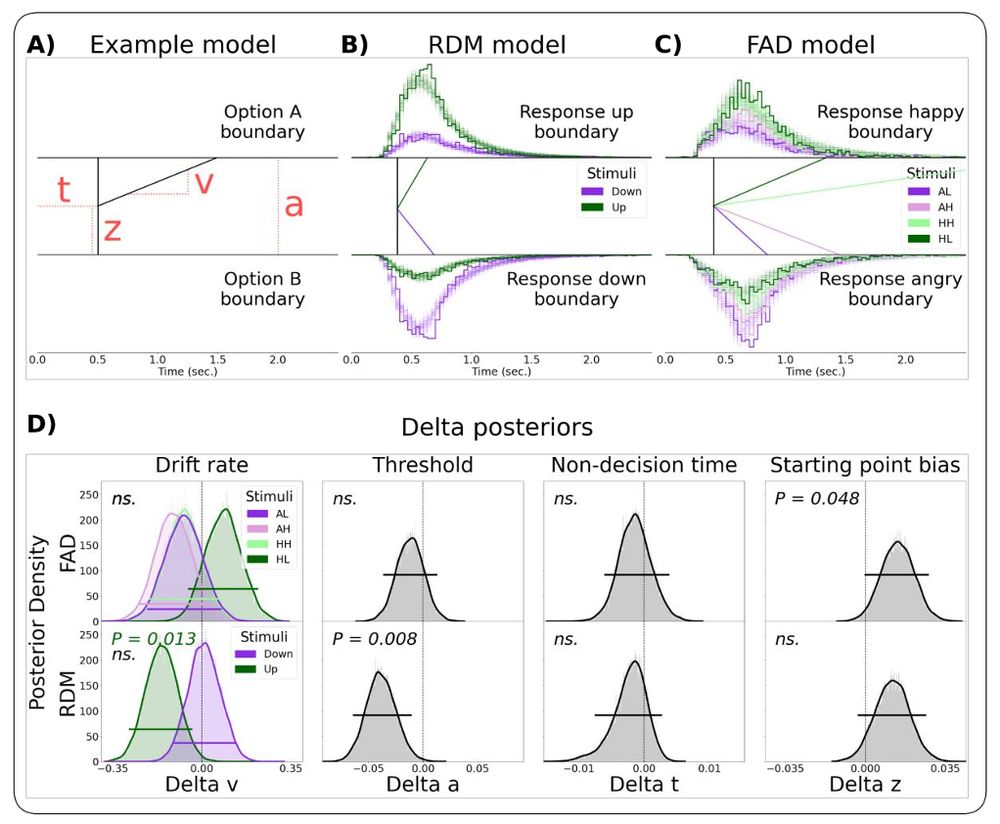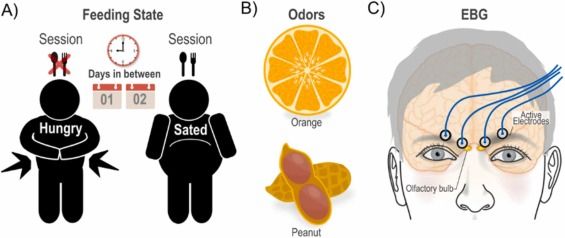Artin Arshamian
@artinarshamian.bsky.social
140 followers
130 following
28 posts
Associate Professor, Clinical Neuroscience, Karolinska Institutet. Pl of the Embodied Perception and Cognition Group. We study perception and cognition through the lens of olfaction and breathing. 👃👁️👂🧠 ❤️🫁
https://ki.se/en/people/artin-arshamian
Posts
Media
Videos
Starter Packs
Reposted by Artin Arshamian
Reposted by Artin Arshamian












